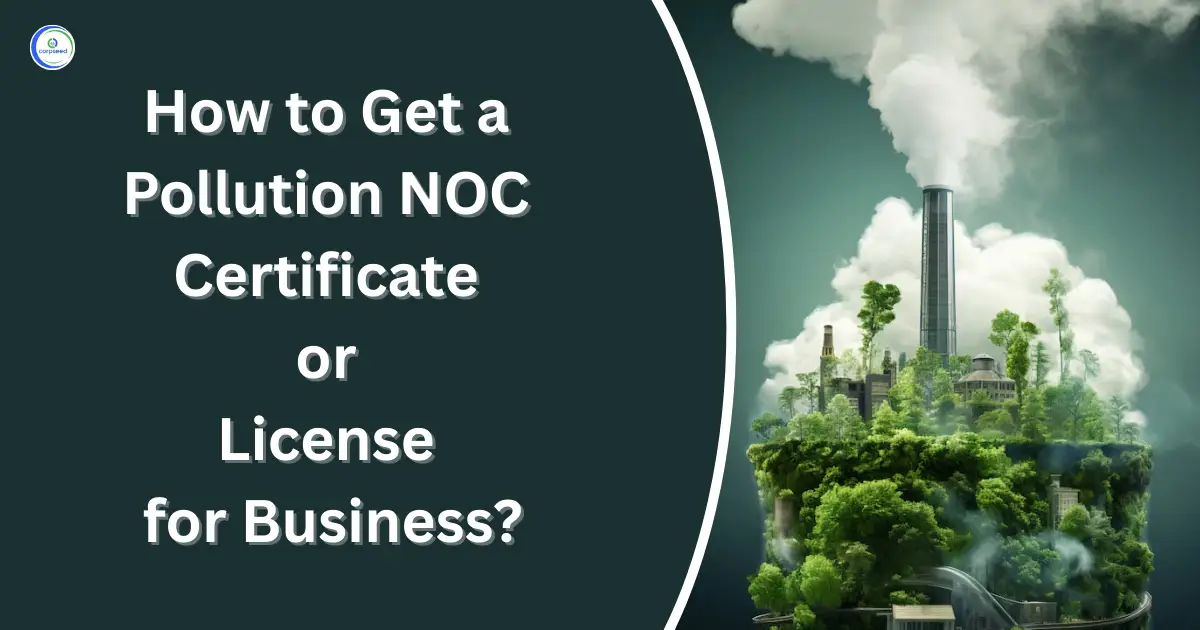An Environmental Clearance Certificate means a regulatory approval needed for projects that may have environmental impacts. It ensures that impacts are assessed and mitigated to promote sustainable development. Clearances are given by the MoEFCC or SEIAA based on the EIA process.
What is Environment Clearance Certificate?
An Environmental Clearance Certificate is an obligatory approval required for projects considered likely to An Environmental Clearance Certificate is an unavoidable certificate for projects that pose a threat to the environment. It ensures the possibility of harm to the environment is evaluated before the establishment of a project. This process falls under the guidance of Environmental Impact Assessment (EIA) Notification of 2006, which has categorized projects into Category A and Category B. The Category A projects have to be approved by the Ministry of Environment, Forest and Climate Change, whereas Category B projects come under the purview of the State Environment Impact Assessment Authority.
Table of Contents
--------------Blog Contact Form-------------
Purpose of an Environment Clearance Certificate
The significance of an Environment Clearance Certificate can be summarized as follows:
- Environmental Protection: It protects the environment by evaluating and reducing adverse impacts of development projects.
- Sustainable Development: This certificate for environment clearance promotes sustainable development, aiming at maintaining a delicate balance between economic growth and environmental protection by inducing projects to adopt the policy of sustainable development, beneficial to both the economy and the environment.
- Regulatory Compliance: It also ensures that projects operate within the limits of environmental laws to minimize legal risk and protect public health.
- Public Participation: The clearance process involves public consultations to air the concerns and opinions of the people, fostering transparency and community involvement in the decision-making process.
- Long-term Planning: The certificate ensures long-term environmental planning because projects have to consider impacts arising in future generations and it supports responsible development along the set national and global sustainability goals.
What are the Regulatory Frameworks in Environmental Clearance?
The EIA Notification classifies projects into two main categories: Category A, requiring clearance from the Ministry of Environment, Forest and Climate Change, MoEFCC and Category B, requiring clearance by the State Environment Impact Assessment Authority, SEIAA.
Benefits of getting an Environment Clearance Certificate
The benefits of Securing an Environment Clearance Certificate include:
- Better Environmental Performance: The projects are evaluated based on environmental impacts, leading to better practices that reduce pollution and ensure sustainability.
- Increased Compliance: Clearance provides projects with some assurance that they comply with laws and regulations, thus minimizing legal action or penalties.
- Prevention of Pollution: Early environmental risk identification involves measures in the issuance of a certificate to prevent pollution and protect natural resources
- Resource Conservation: The process encourages effective resource usage, leading to energy and material conservations that help save costs.
- Positive Public Image: Environmental clearance strengthens the goodwill of a project from the public to the investors and the regulatory authority who feel proud to associate and find ease of mind for supporting that project.
Read Our Blog: Environment Clearance Certification: What Documents Do You Need?
Step-by-Step Process to Obtain Environment Clearance Certificates in India
To get an Environment Clearance Certificate in India, a detailed step-by-step procedure is as follows:
- Application Submission: Apply to the relevant authority depending on whether the category of your project falls under Category A or B, wherein Category A proposals go directly to the Ministry of Environment, Forest, and Climate Change (MoEFCC), and Category B is submitted to the State Environment Impact Assessment Authority (SEIAA).
- Screening and Scoping: The application will go for screening to determine whether an EIA is needed or not. If necessary, ToR will be set out for the EIA study.
- EIA Report: The EIA would be carried out based on the Term of Reference (TOR) examines possible environmental effects and suggests minimization measures.
- Public Hearing: To receive public consultation and stakeholder opinions, organize a public hearing. This is an essential step in taking into consideration the peoples' views and having transparency over the appraisal process.
- Final Submission and Appraisal: Submit the final report of EIA and public hearing outcome to MoEFCC/SEIAA for appraisal. The Expert Appraisal Committee is there to review the documentation and make recommendations.
- Decision and Clearances Issuance: Based on appraisal committees' recommendation, the MoEFCC or the SEIAA will issue an Environmental Clearance Certificate or an adverse letter by a certain time.
The entire process takes between 6 to 12 months by relating it with a host of factors associated with project complexity and the overall efficiency of the rule-making machinery.
Conclusion
An Environmental Clearance Certificate in India is sought within a very detailed regulatory framework aimed at protecting the environment's integrity while allowing developmental activities. If this step-by-step process of site selection to public consultation is followed, then each application will secure necessary approvals and contribute to sustainable practices in development practices. Understanding this process not only helps enhance compliance but also fosters community trust and stewardship of the environment in the execution of the projects.
This portion of the site is for informational purposes only. The content is not legal advice. The statements and opinions are the expression of author, not corpseed, and have not been evaluated by corpseed for accuracy, completeness, or changes in the law.
BOOK A FREE CONSULTATION
Get help from an experienced legal adviser. Schedule your consultation at a time that works for you and it's absolutely FREE.









